13.23 - A Right Royal French Battle: Parisian roofers vying for favour.
There is something about the light in Paris that is so compelling, and it's further enhanced by the colour of the stone and the grey of the zinc roofs - and much more!
At a Glance:
A Right Royal French Battle: Parisian roofers vying for favour.
Recently published articles: MyFrenchLife™ Magazine
A continuing discussion… from the previous ‘le Bulletin’…How do you prefer to travel? With an itinerary or without?
Announcing that we’ve just launched a Q&A chat thread on Substack.
Here’s what’s happening in France – a collection from around the media world
Merci et à bientôt…
The light and the colours of Paris
Often the Parisian light seems the palest pink and at other times, near dawn and dusk, it is so distinctly blue that it is referred to as – ‘l’heure bleue’. The atmospheric semi-darkness that Krøyer depicted in this melancholic, poetic painting is colloquially known as the "blue hour." This phenomenon occurs during the morning and evening twilight when the sun is between 4 and 8 degrees below the horizon.
The City of Light
It is not an accident that the French capital is known as the ‘City of Light’ but the reason has nothing to do with the quality of the light, nor the fact that Paris is illuminated with bright lights.
The origin of this nickname dates back to the mid-1600s when The Sun King Louis XIV was trying to restore faith amongst his citizens after domestic unrest. He wanted to make the city safe again. The lieutenant-general of the police force took up the task of lighting the city to catch any offenders hiding from the law.
Lanterns were introduced on every street in Paris, and citizens were asked to light up their windows with oil lamps and candles. No European city had streetlamps until this point, and Paris was the first to set up a structured system of streetlamp lighters, thus making it the first well-lit city at night.
Zinc Roofs of Paris
The zinc roofs themselves are simply extraordinary, no matter how you look at them, and they too are known by a special name: ‘Les toits de Paris’ or ‘les toits en zinc’.
Grey zinc roofs are one of the special features of Parisian architecture. Nowhere else in the world do they exist on such a large scale, covering almost 90% of the roofs of the capital city since the middle of the 19th century.
Importantly, it is not the roofs of Paris themselves that are subject of a hopefully successful UNESCO bid, but the know-how of the zinc roofers themselves.
Baron Haussmann, founder of modern Paris
“In the 1840s, Emperor Napoleon III entrusted Baron Haussmann with the complete renovation of Paris, which at the time was awash with narrow and unhealthy streets, was poorly lit, and had no water drainage. Haussmann set about the task and completely transformed Paris, which still benefits from his developments today. He wanted wide, straight streets and for this reason, he set about a large-scale demolition project so he could rebuild the city to his standards.
With all this building work, a new, faster way to install the roofs was needed. He had the bright idea to use zinc. It is lighter than tile-covered wood frames, easier to cut, easier to install, and perfectly effective in protecting against water entry. It even has the incredible ability to bend, which allows for the creation of a new attic living space. This is how the attic maid’s rooms were born. They can still be found today.
Welded zinc roofs have since then overtaken the heavier and more expensive slate roofs.” according to Guilbert Express, 20 April, 2020
UNESCO Status
A battle continues in France around which important heritage item should be the candidate nominated by President Emanuel Macron to UNESCO to be awarded of world heritage importance ‘a treasure of civilisation’.
Baguette making know-how
In 2022 the ‘baguette’ was crowned by UNESCO for the “Artisanal know-how and culture of baguette bread” and described by President Macron at the time as being “250 grams of magic and perfection”.
Roofers or Cognac makers?
This year, 2023, the two prospective candidates before the President are ‘les toits de Paris’ and French Cognac for his decision as to which one will be presented to UNESCO for assessment. And the two campaigns have been fierce.
The campaign against les toits en zinc is led by Franck Lirzin, a former adviser to Mr. Macron and a senior official at the economy ministry. “Famous worldwide, the zinc roofs of Paris are an aberration, a climate contradiction,” he said. “They insulate nothing and turn attics that were never supposed to be lived in into saunas.” He was referring to the spaces under the Victorian-era mansard roofs that became maids’ rooms, then cheap student housing and more recently often refurbished as expensive studio flats.
“Olivier Boileau-Descamps, a roofer who heads the committee making the application, said recognition of Paris zinc know-how would put a much-needed spotlight on the profession. It was nonsense to depict the Haussman-era roofs as hopelessly obsolete. “They weren’t insulated under Napoleon III but Parisians have obviously adapted and put in very hi-tech insulating material. The zinc roofers are contributing to the effort … to curb the impact of climate change,” Lirzin said.
Very recently President Macron is reported to have quashed the hopes, of the cognac makers of southwest France, that it was their time to be honoured as a treasure of civilisation.
It seems that there has been no announcement, as yet, but the Culture Ministry has told Savoir Faire du Cognac, that the brandy promotion body and rival applicant, has not been successful.
One wonders if this is becoming a tug-of-war between culture versus climate. Certainly, it is a battle to watch…
Recently published articles: MyFrenchLife™ Magazine
A little place almost no one’s heard of : ça vaut vraiment la peine d’y aller - by Ray Johnstone
I love travelling 'off the beaten path' do you? Enjoy this discovery... and add it to your list.
Only in Provence: the Ultimate Guide - 7 Key Attractions Featured - by Keith Van Sickle
Provence is a magical corner of France, with unique sights, surprising legends, and a rich Roman, Jewish, and Catholic heritage. Let’s at a look at some of what you’ll find Only in Provence.
A continuing discussion… from the previous ‘le Bulletin’…
How do you prefer to travel? With an itinerary or without?
The two articles featured in last week’s ‘le Bulletin’
- ‘Paris will have to wait…’ and
- ‘France off the beaten path: Hiking les Cévennes - Part 3’.
both contained discussions about different approaches to travel planning and different travel preferences.
Thank you to those who shared your thoughts on how you prefer to travel.
I’d love to share a few gems.
- Oh how I love your comments and the stories you share with me. Please keep them coming!
Do you relate to any of these?
Cecile:
”My husband is the spreadsheet guy and I am the wanderer. The good thing about our trips is we don't miss anything - he does the research in advance and with my wandering and insistence on changing the schedule, we know what we may be missing…”
“…One of my girlfriends asked me to join her on a tour that was very rigid, one of those where you pack your suitcase and leave it outside your door to be picked up and loaded so the bus can leave on time. Zero time to do your own thing, every meal included, every hotel prearranged and paid for. When I told her I would feel like a prisoner she laughed hysterically and told me that was why she had joined the military! She preferred to have her everyday life dictated to her, to open her closet with no need to choose because she wore a uniform. Meals in the mess hall. How in god's name we became such good friends is a mystery to me.”
Helen:
“I like to travel alone. I book accommodation and a few concerts in advance. Maybe a restaurant...Last time my husband decided to come for a week. However, he doesn't like to walk as much as me and isn't interested to go to galleries or museums, etc, so I feel quite restricted…”
Please feel free to join in with others who’ve commented.
Announcing that we’ve just launched a Q&A chat thread on Substack.
A NEW Question & Answer chat thread for Francophiles and travellers about places to visit or (?) well, whatever it is that you’re wondering about. Pose your questions… jump in and offer assistance to other readers by responding to their questions. Here it is - Amusez-vous !
There are 4 live chat threads waiting for you to pop in and say “hi”
- you can do this via your computer/web or the App:-
Welcome - Please introduce yourself:
How do you prefer to travel - are you a planner or not?
Here’s what’s happening in France – a collection from around the media world
1. Forget Emily In Paris: 10 Better Netflix Shows About France - Chris O’Brien
Netflix is one of France’s biggest producers of films & TV series. While its hit comedy has become almost iconic, here are 10 better series based in France - here.
“Netflix’s hit “Emily In Paris” has taken on iconic status as a show people either love or love to hate. Either way, it’s now officially a touchstone for how people think about tourists and certain kinds of Americans who visit France.
But for all the attention it gets, the show overshadows the fact that Netflix has become one of the largest producers of films and TV series in France. As such, there are a wide variety of titles on the streaming giant that offer a much richer view of life — and the history of — France.
2. Remembering Alain Castex by AARON AYSCOUGH
An interview with the pioneering natural vigneron of Banyuls and the Roussillon, who passed away this week. More here
“Legendary Roussillon vigneron Alain Castex passed away in his vines this morning at the age of 73. The cause was a heart attack. With him goes a half-century of experience in organic viticulture and natural winemaking, spanning the culture’s adolescence in the Beaujolais and the Loire in the 1990s to its present kaleidoscopic global diversity. In particular, his trailblazing work from 1995-2015 as Casot de Mailloles with then-companion Ghislaine Magnier in Banyuls-sur-Mer would inspire successive generations of natural winemakers in the Pyrénées-Orientales.” Read more
3. French knife grinders: history - from Facebook
This photo from 1902 shows French knife grinders. They would work on their stomachs in order to save their backs from being hunched all day.
They were also encouraged to bring their dogs to work to keep them company and also act as mini heaters by having them rest on their owners’ legs.
They were also called ventres jaunes (“yellow bellies” in English) because of the yellow dust that would be released from the grinding wheel.
4. Best Ice Creams in Paris from Emily in France
Beat the heat with a sweet treat. Paris has been enjoying lovely hot weather the past few days, and seeing it’s a city fairly devoid of air conditioning – and that, by the time you're reading this, I’ll probably be airborne somewhere between Paris and Rome – that means I’ve got one thing on the brain… ice cream.
Paris is home to no shortage of spots peddling gelato, crème glacée, sorbet, and more. And while there are a few storied stalwarts, like Berthillon, first established on the Ile Saint-Louis in 1954, or Amorino, the French gelato chain leaning hard into Italian-esque branding and pretty flower-like scoops, I’ve also got my own favorites in the city.
So with no further ado… here are my favorite ice cream spots in Paris. Read more.
5. A Mass Dictation contest on the Champs Elysée this week on Instagram - France 24 - Watch Euronews video here
“ Paris' most iconic street, the Champs-Elysees, was transformed into an open-air mass "dictation" spellathon on Sunday, pitting thousands of France's brainiest bookworms against one another.
More than 50,000 people applied to participate in the event, a world first, in which hopefuls attempt to faithfully and without error transcribe a text read to them.
Of the entries, 5,100 people, aged between 10 and 90 years old, were drawn at random to take part in one of the three major dictations led by novelist Rachid Santaki.
With 1,779 desks laid out on Paris' most famous boulevard in each session, organisers had sought to break the world record for a dictation spelling competition.” Euronews stated.
“Merci mille fois... for being such a loyal, occasional, or new, reader of l’e Bulletin’ & my weekly Missives featured in each newsletter, where I follow my curiosity wherever it takes me…” Judy MacMahon
The fact that we all have so much in common as Francophiles is one of the things I enjoy about this community and I refer to this as the 'French Thread' which connects us:
I see it as an endless thread of red silk connecting Francophiles globally.
- see the MyFrenchLife ‘M’ logo
- the 'M' is made of silk thread.
I encourage you to send me a message at any time, I love hearing from you - rants, suggestions, creative ideas, collaborations, and opposing views are all welcome!
I'm grateful that you read 'le Bulletin', please know that I really enjoy writing these for you weekly...
I hope that you are well!
À Bientôt
Judy x
And finally, given that it was Mother’s Day in France just last weekend I thought that I’d share a four-generation family photo: My Mother, my daughter, Sarah, and her daughter Sophie, who were unusually together, and me inset as I was online. Please feel free to add your comment or to share a Mother’s Day photo in the comment below.
PS: I would greatly appreciate it if you'd message me and tell me what you enjoy about 'le Bulletin'. Please do not hesitate to make suggestions and to share what you think could be improved.
PPS: Please consider upgrading your subscription to a paid subscription. It would help me enormously as I work on this huge global project of helping Francophiles experience France beyond the cliché.
PPS: Don’t forget that you can gift ‘le Bulletin’ to a friend or family member at any time. Some members have already taken up this suggestion - what a lovely gift.
Merci mille fois !


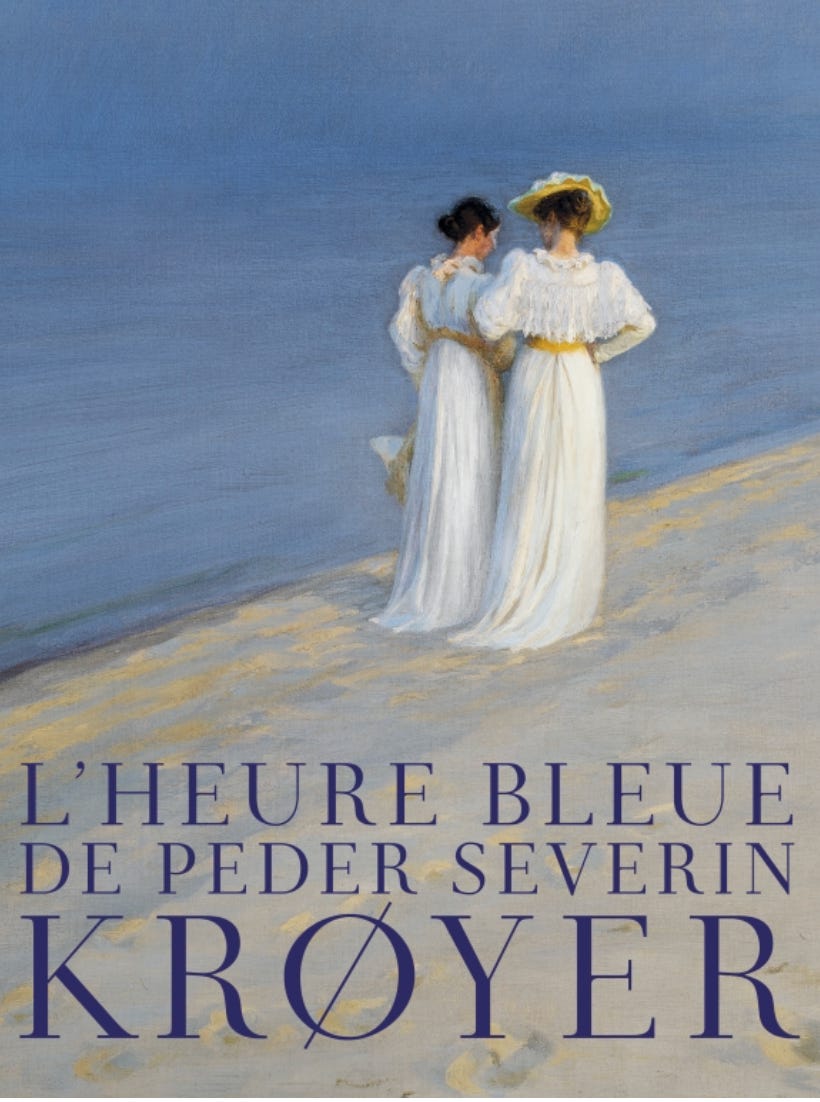
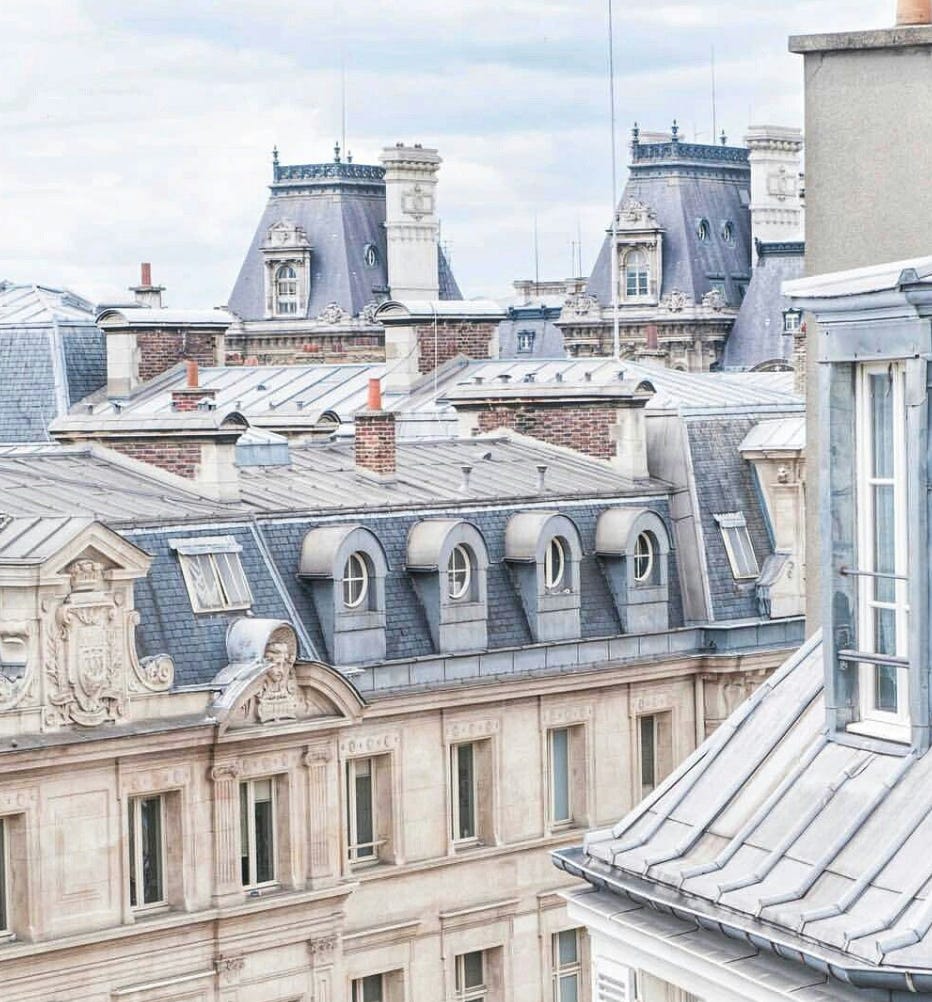
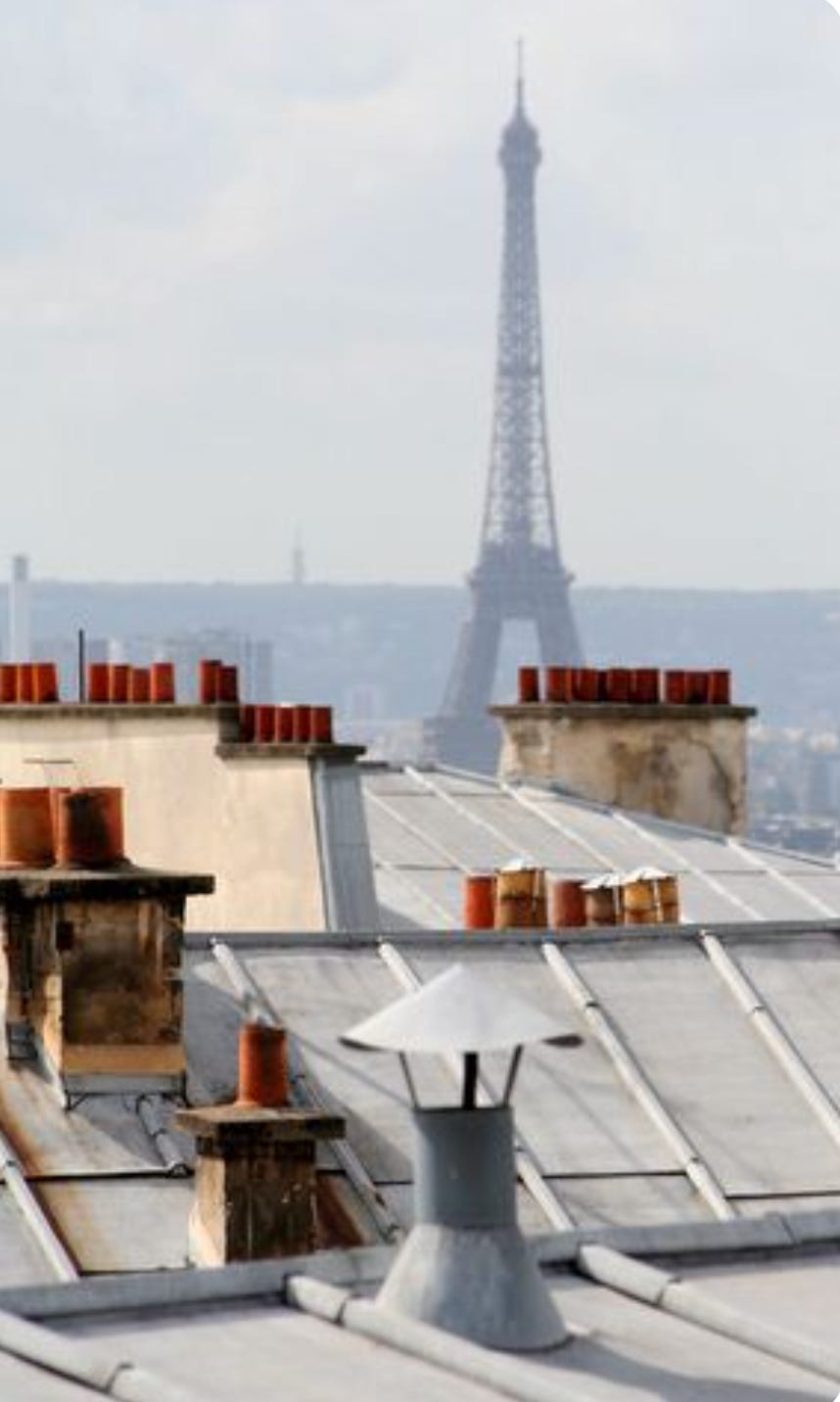
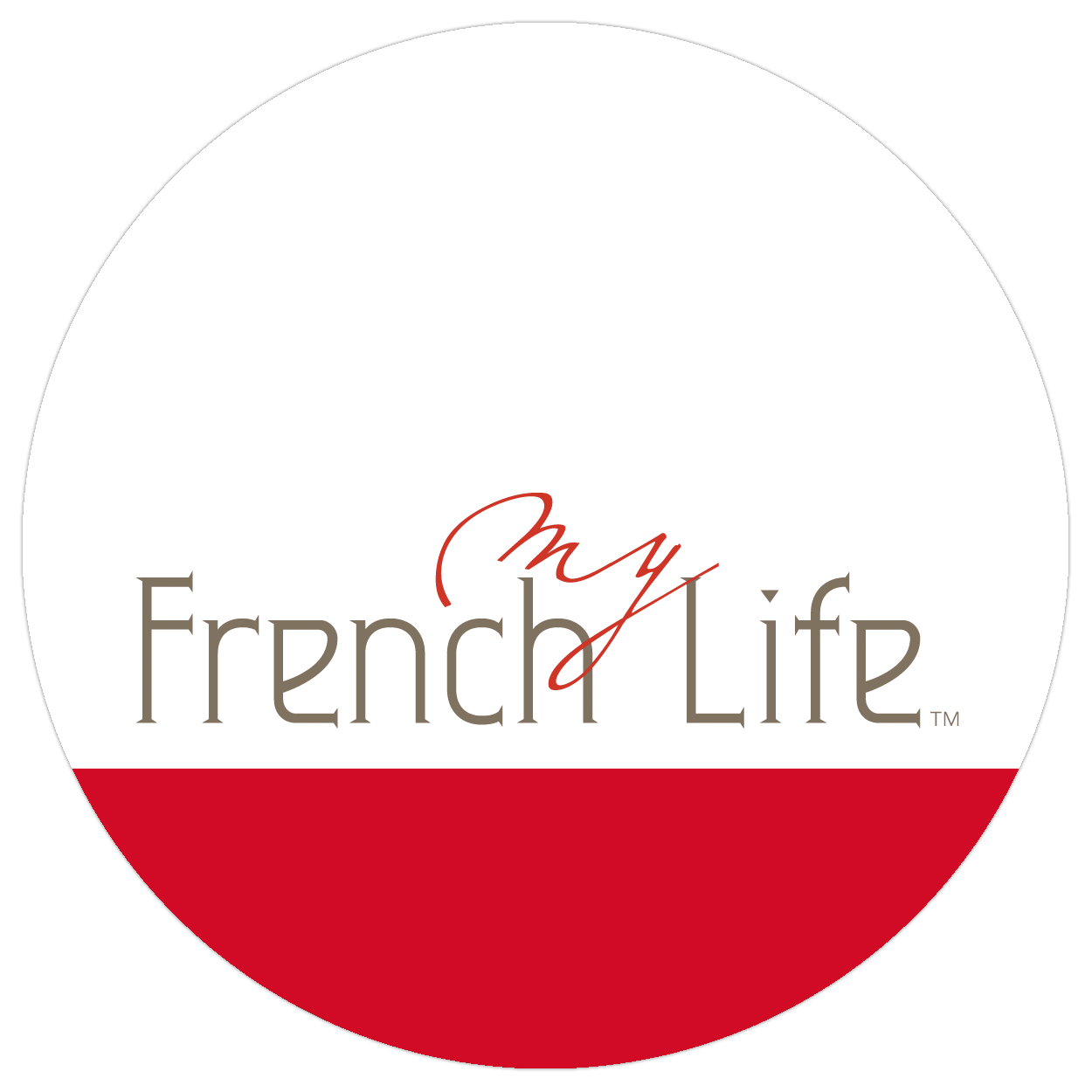
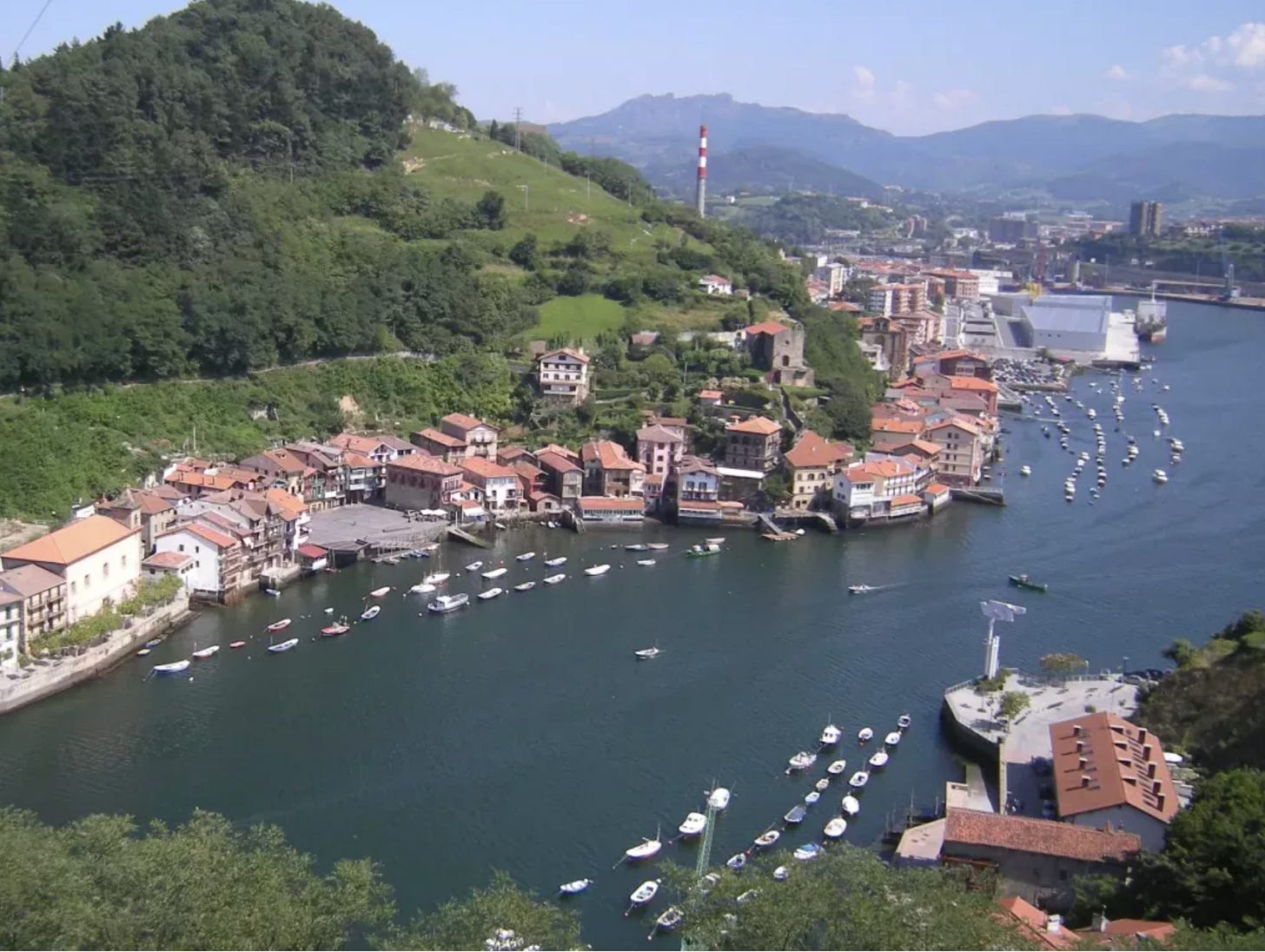
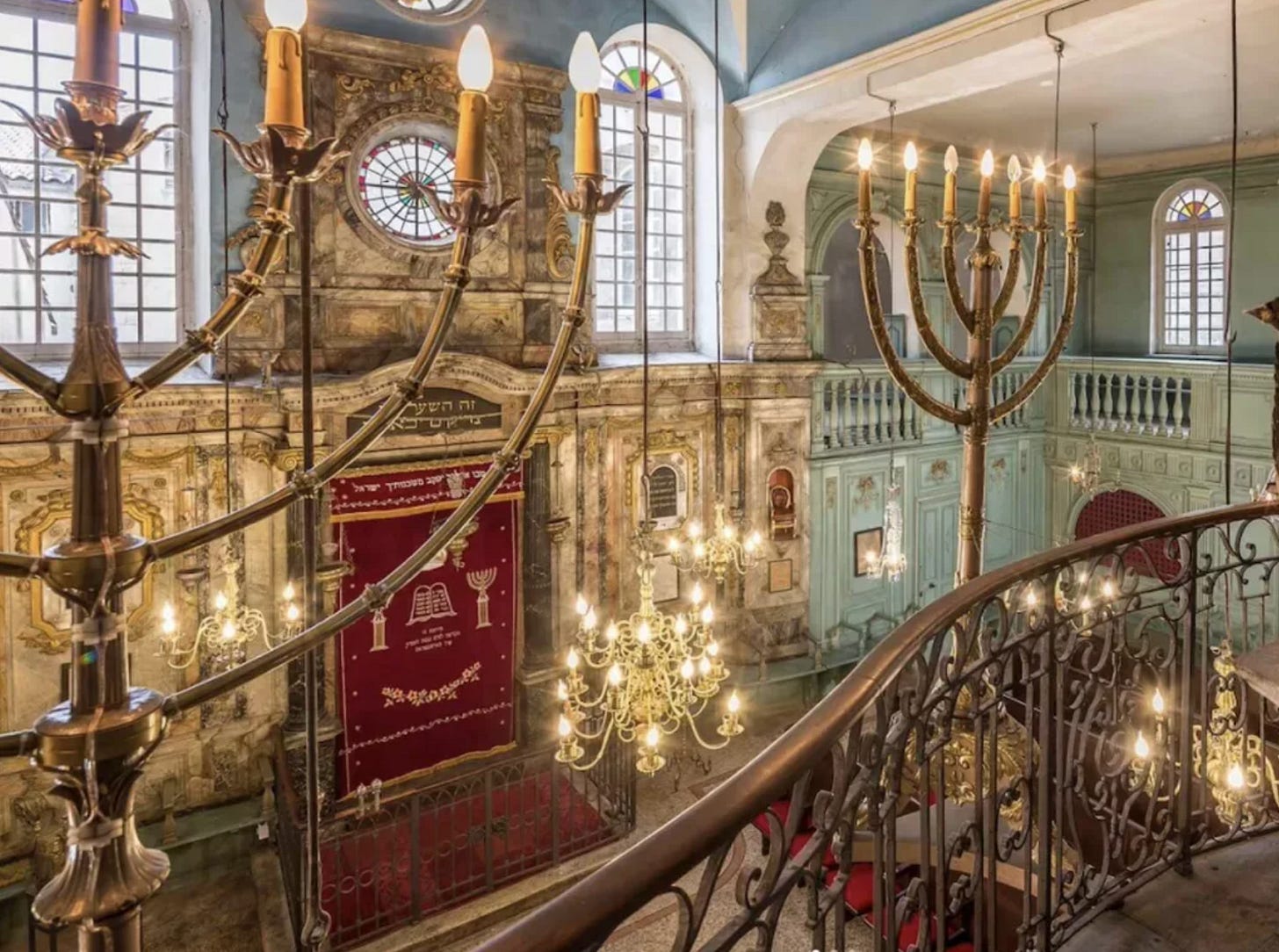


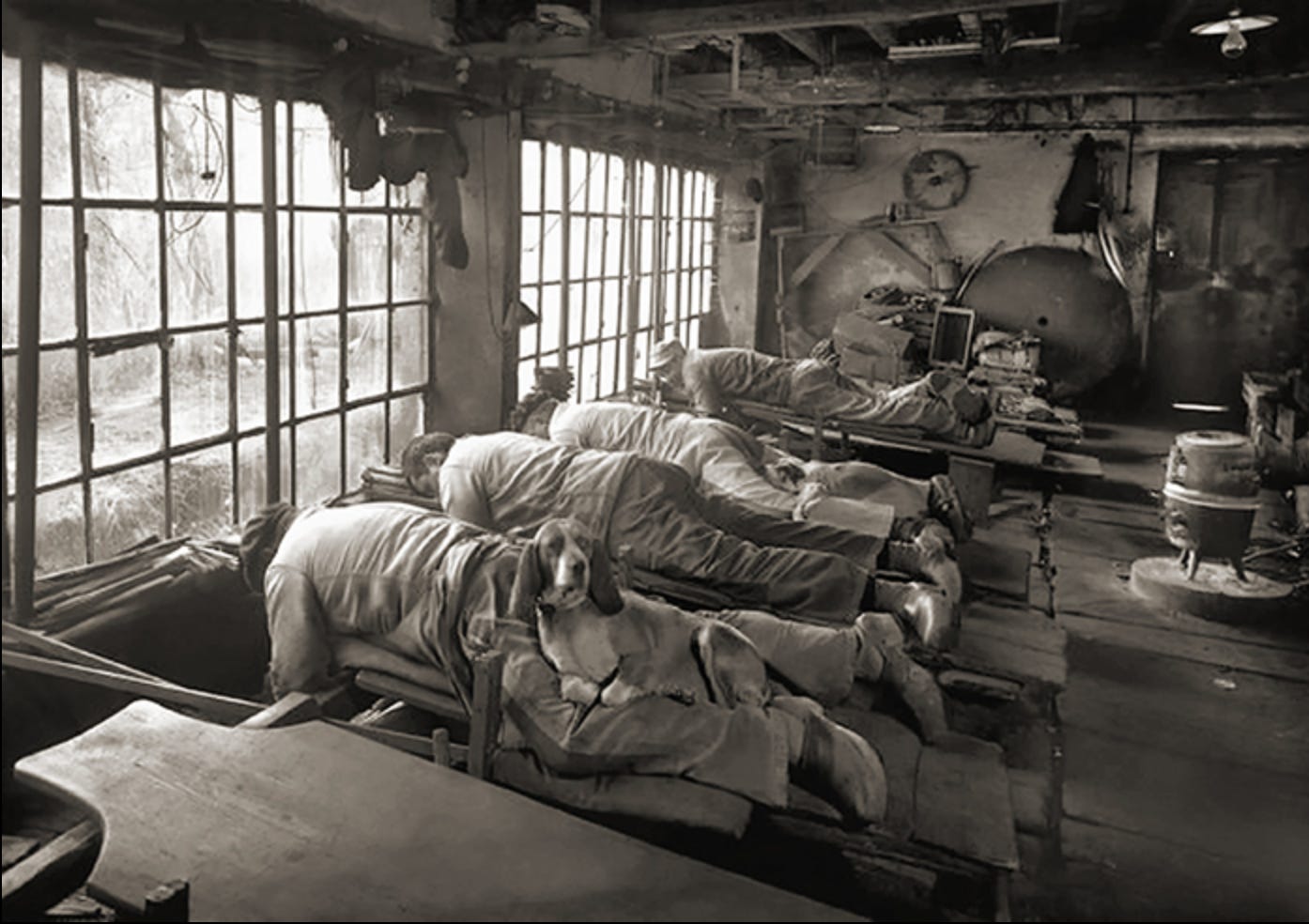
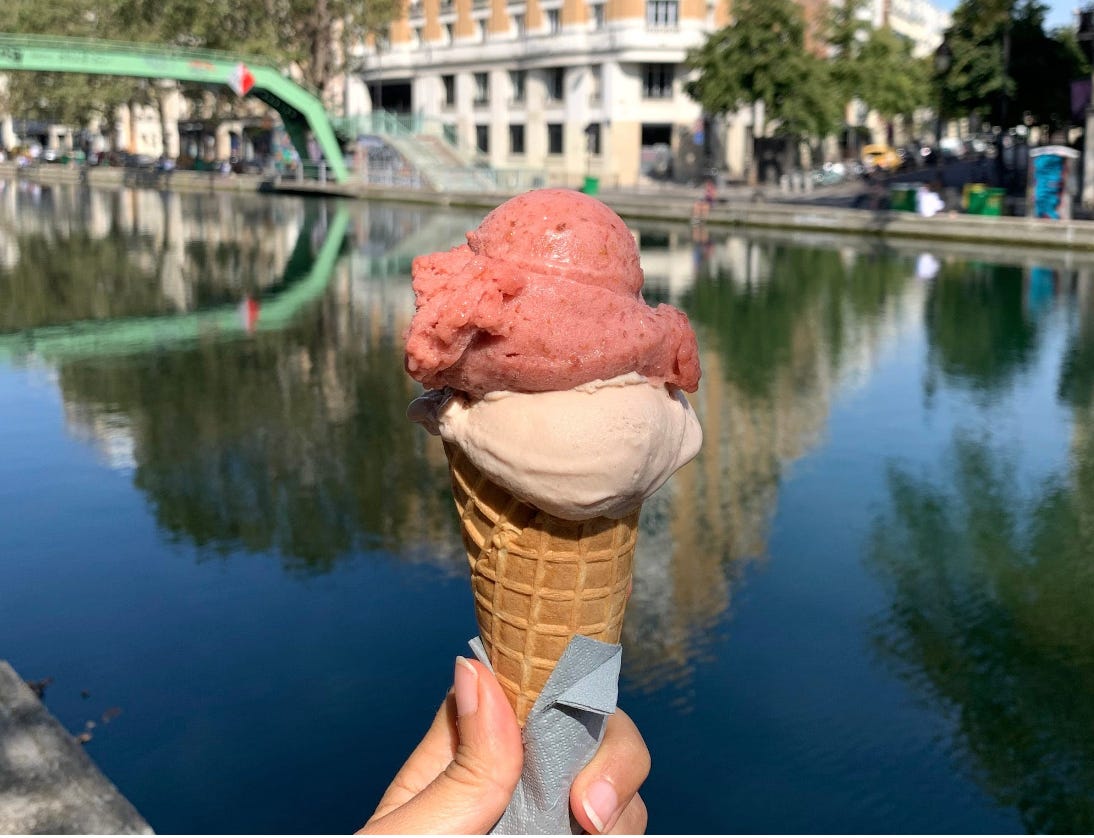
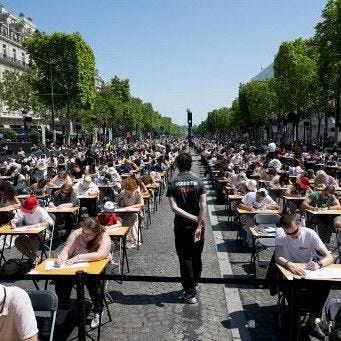
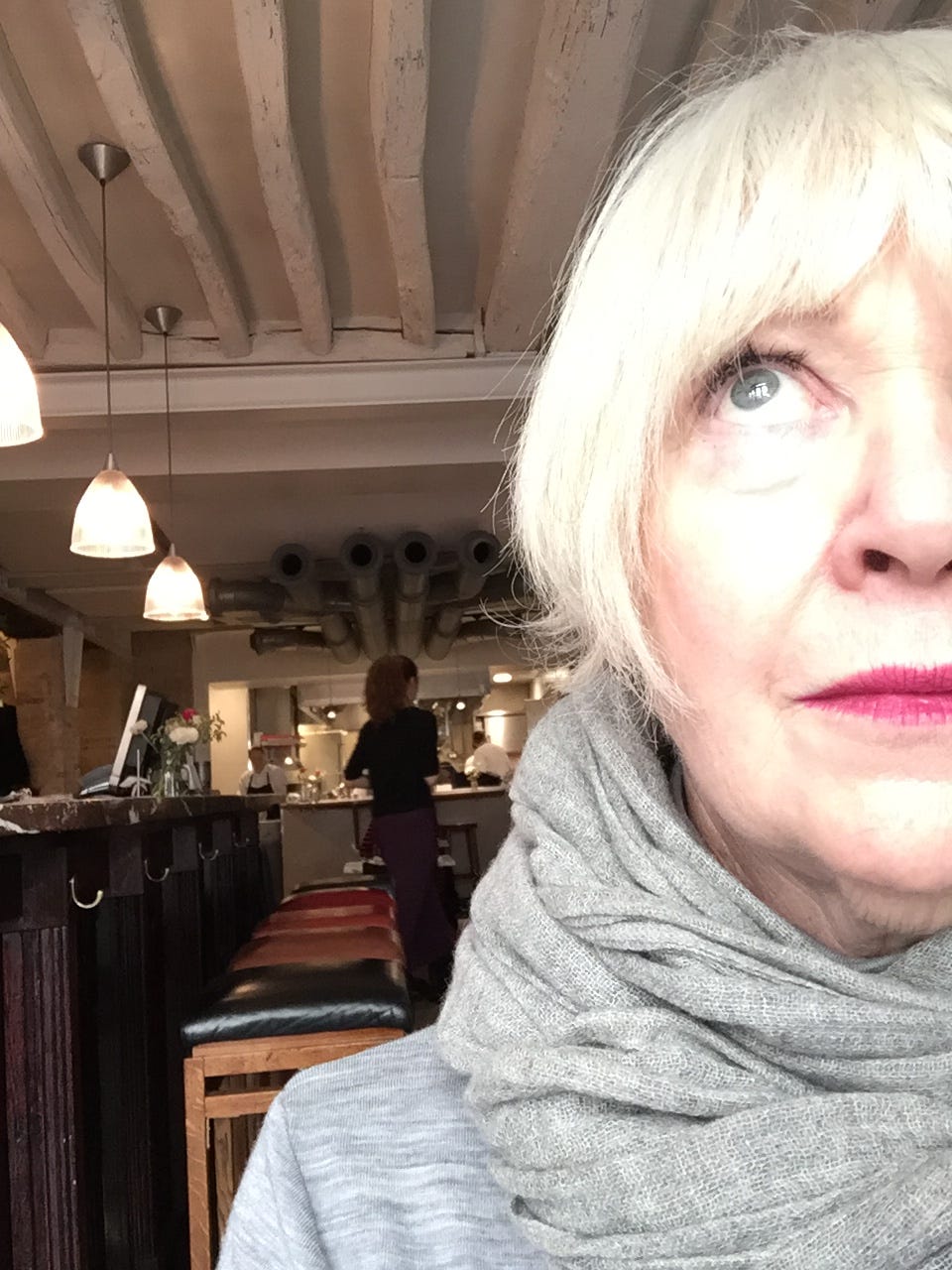


Agreed that Haussmann's buildings and boulevards are amazing. But the purpose of the wide boulevards was anti-revolutionary - the demolished old narrow mediaeval streets could easily be barricaded ('aux barricades!!') in times of civil unrest. The regime of Napoleon III was frightened of the revolutionary spirit in Paris arising again and this creation of wide boulevards was intended to prevent streets being barricaded, and to allow the army to easily quell unrest. But despite this, the boulevards are wonderful!